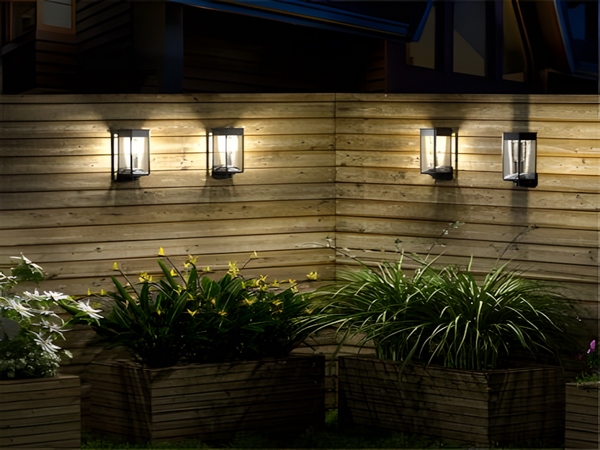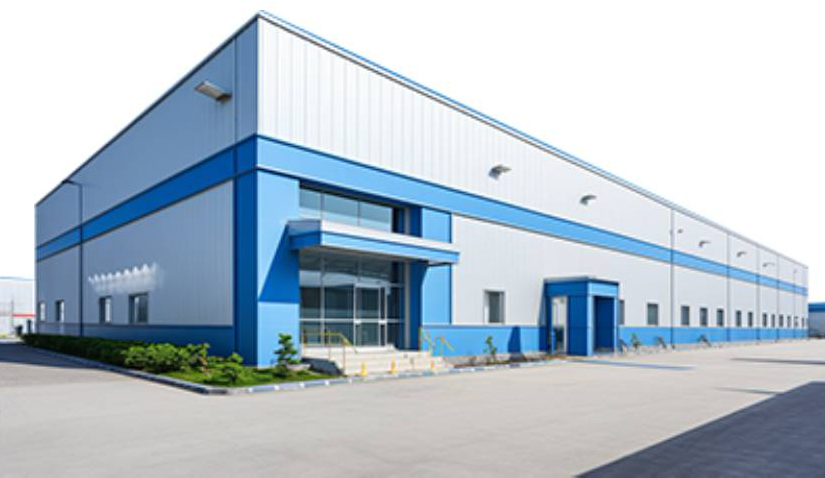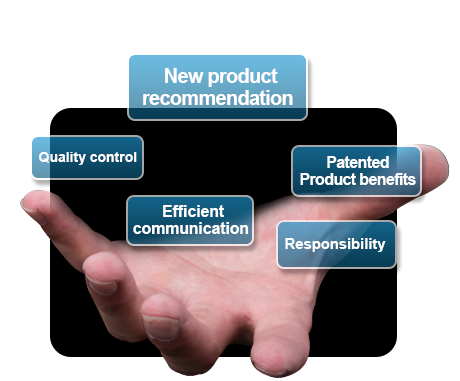In many urban and rural areas, such as residential districts, parks, and other places, solar courtyard lights can be seen. It is important to pay attention to the maintenance of solar courtyard lights to prevent common malfunctions. With the development of urban construction, the number of solar courtyard lights continues to grow. New solar courtyard lights are connected to the circuit as they near the yard, but sometimes the lights in the yard become overloaded, causing the cables to become very hot and the temperatures of the wire connectors to be high, leading to decreased insulation performance and grounding issues. Below is an introduction to the reasons for malfunctions in solar courtyard lights.

1. Poor quality of materials used in the production of courtyard lights. Issues with material quality are the main reason for malfunctions. Common problems include insufficient aluminum in the wires, wires being very stiff, and having very thin insulation layers.

2. The cables of solar courtyard lights are usually laid on sidewalks, especially in cities with low temperatures. In winter, the cables can bond with the soil, and if the ground settles, this can damage the base of the solar courtyard lights. During the rainy season, many bases may also get damaged at their roots.
3. Damage to the light source, whether caused by human error or other factors, can result in the solar courtyard lights not functioning or frequently flickering.
4. Incorrect installation of the positive and negative terminals of the solar panels can cause the courtyard lights to work only once, after which they will not light up again once the battery is drained.
The above points provide a relatively comprehensive introduction to the reasons behind problems with solar courtyard lights. If you discover these issues, it is important to resolve them promptly.

